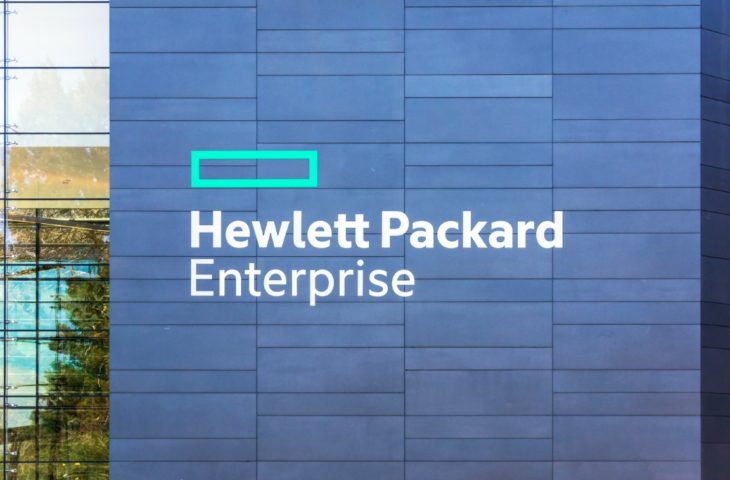HPE is launching new high-performance computing (HPC) and AI solutions aimed at supercomputing systems. The focus is on liquid-cooled systems and servers optimized for AI training and tuning.
HPE renews its HPC portfolio with new Cray Supercomputing EX systems. These are designed for complex scientific and technological tasks. The new portfolio includes:
- EX4252 Gen 2 Compute Blade: that offers up to 98,304 cores in a single chassis, powered by AMD EPYC processors. These servers will be available from spring 2025.
- EX154n accelerator sheet: Equipped with Nvidia B200 GPUs and Nvidia Grace CPUs. These blades fit up to 224 GPUs in a single chassis. This solution will also be available at the end of 2025.
- Slingshot Interconnect 400: offers 400 Gbit/s network capacity and more efficient congestion management, available from fall 2025.
- Cray Supercomputing Storage Systems E2000: Increases I/O performance for large workloads and will be available in early 2025.
The portfolio offers air cooling options and HPE’s proprietary fanless liquid cooling technology. The latter reduces energy consumption and optimizes performance in data centers. Given the immense density of high-performance systems, liquid cooling is in many cases the only sensible solution.
ProLiant
In addition to HPC systems, HPE is launching two new ProLiant Compute XD servers. These are specifically designed for AI training and tuning, with a focus on flexibility and energy efficiency:
- XD680 server: The focus was on AI training using Intel Gaudi 3 accelerators. This server will be available from December 2024.
- XD685 server: This copy is available in two variants: with Nvidia GPUs or AMD Instinct accelerators. The systems will be available in early 2025.
Both servers integrate HPE-optimized cooling and leverage HPE’s iLO management technology, facilitating remote management and security.
Big boys
With this portfolio, HPE focuses on organizations that want to accelerate large-scale AI initiatives, such as government institutions and research institutions. HPE emphasizes that the new systems meet the growing need for AI-powered supercomputing. It’s no surprise that liquid cooling plays an important role in this. Today, HPC and AI servers have unprecedented density, with a lot of computing power, but also a lot of heat, concentrated in one cabinet. Efficient removal is actually only possible with liquid cooling.
